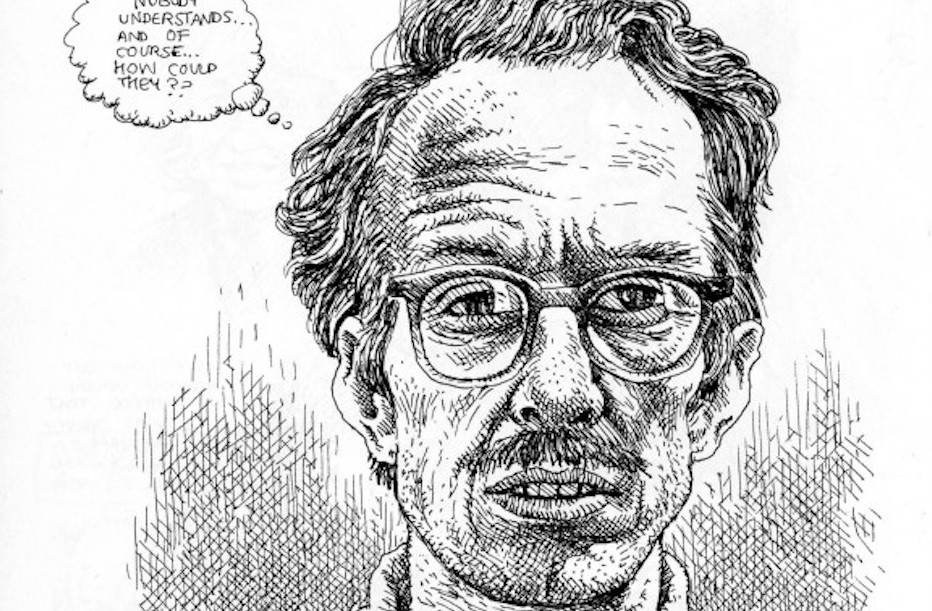

The poetic, even philosophical, prose mirrors the romanticized language of the former magazine, but becomes tinged with a subtle sarcasm and self-mockery that destabilizes the relationship between image and caption.
#Robert crumb art series
The inspiration for the series is linked to Crumb’s avid collecting of vintage underground paraphernalia including records, flipbooks, and specifically, Art & Beauty, a catalogue published during the 1920s and 1930s featuring semi-erotic images of life models for art lovers and aspiring painters-an early example of a top-shelf magazine.įollowing a similar format as the older publication, Crumb has selected his own cast of female figures from tabloid celebrities, sport stars, life models, friends, and strangers, and accompanied them with journalistic-style commentary and quotations from other artists such as Leonardo da Vinci, Paul Cézanne, and Andy Warhol.

The overt eroticism of his work paired with frequent self-deprecation and a free, almost stream-of-consciousness style have solidified his position as a renowned and influential artist, whose work addresses the absurdity of social conventions and political disillusionment.Ĭombining iconography from comic books, art history, and popular culture, Art & Beauty portrays a broad selection of images of female figures in diverse settings.

One of today’s most celebrated illustrators, Crumb helped define the cartoon and ‘Summer of Love’ subcultures of the 1960s and 1970s with comic strips like Fritz the Cat, Mr. This is his first solo exhibition in Britain following his 2005 presentation at Whitechapel Gallery. Initially published in 1996, the artist recently completed the highly anticipated third volume in the series, and the show marks the largest presentation of the project to date. The exhibition Features drawings from his Art & Beautymagazines. Love him or loath him, this highly controversial artist is a man of his era and once summed up the attitudes of the Hippy counterculture, in all of its glory. Crumb’s inaugural exhibition at the David Zwirner gallery in London is a highly anticipated event. I hold that as a trickster figure, Crumb’s troubling cartoon representations of misogyny and “deviant” sexuality can be viewed as a desire to deliberately dispute, disrupt, and deconstruct the socially-constructed conventions and power dynamics of gender and sexuality, at the same time shifting the established boundaries of comics.R. I frame the paper by responding to and forwarding arguments made in the recent article “Cancel Culture Comes for Counterculture Comics” by Brian Doherty, a senior editor at Reason.

I position myself within the recently heated debate over the offensive nature of Crumb’s images, particularly the social justice reevaluation of his work as a result of the #MeToo movement. I divide trickster consciousness into three interrelated modes of “shameless” expression: the con artist, the clown, and the sexual exhibitionist. My paper occupies the ambiguous threshold between these two positions, arguing that Crumb’s work is an embodied expression of the signifying trickster’s dual consciousness, simultaneously representing both the lofty role of the culture-hero and the sordid role of dirt-worker. I contend that responses to Crumb’s disturbing images often occupy the extremes of admiration and revulsion.


 0 kommentar(er)
0 kommentar(er)
